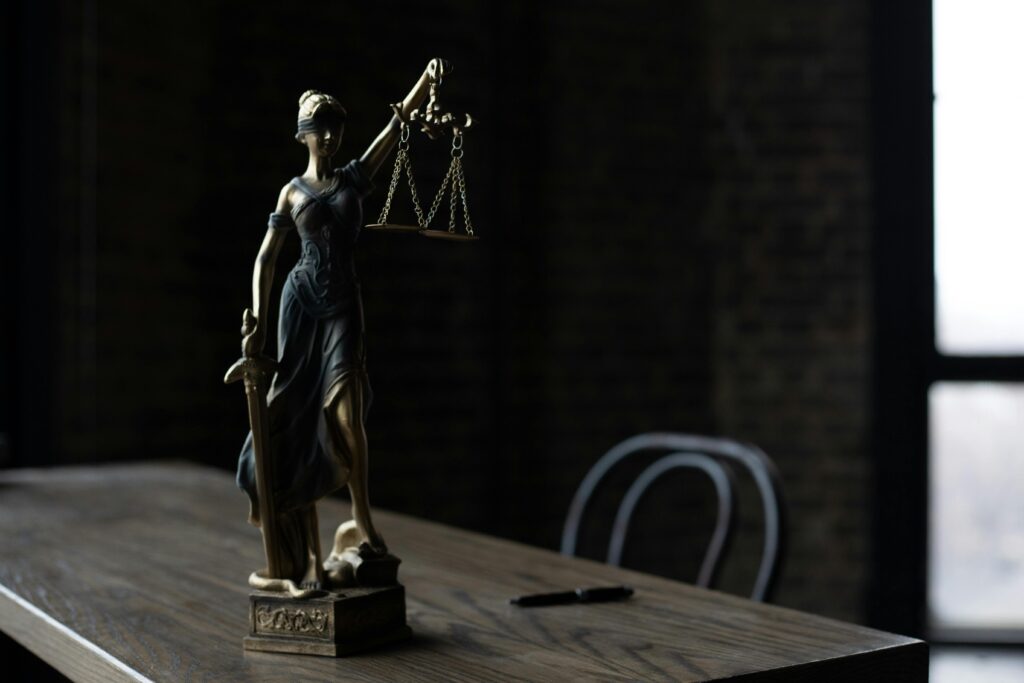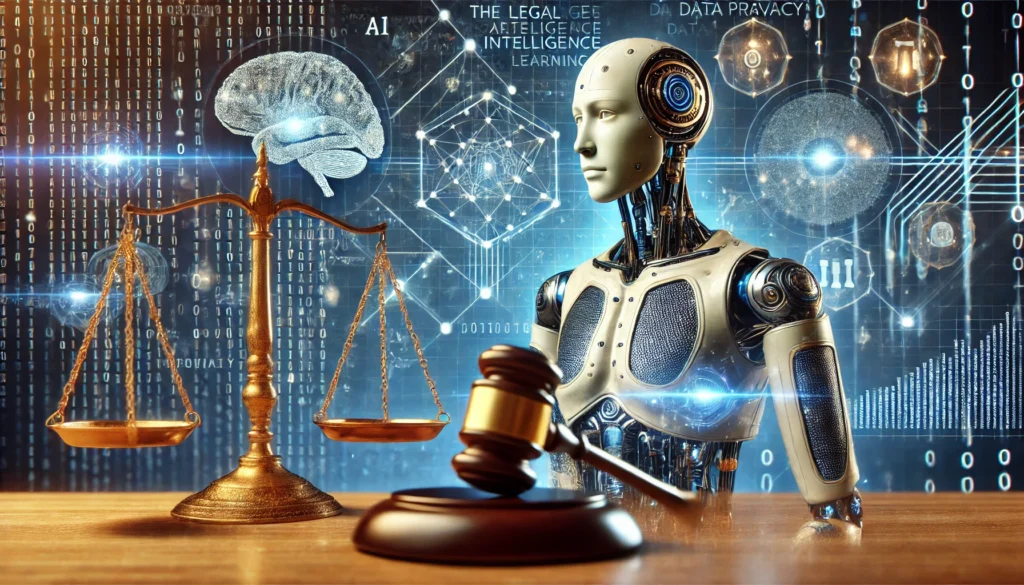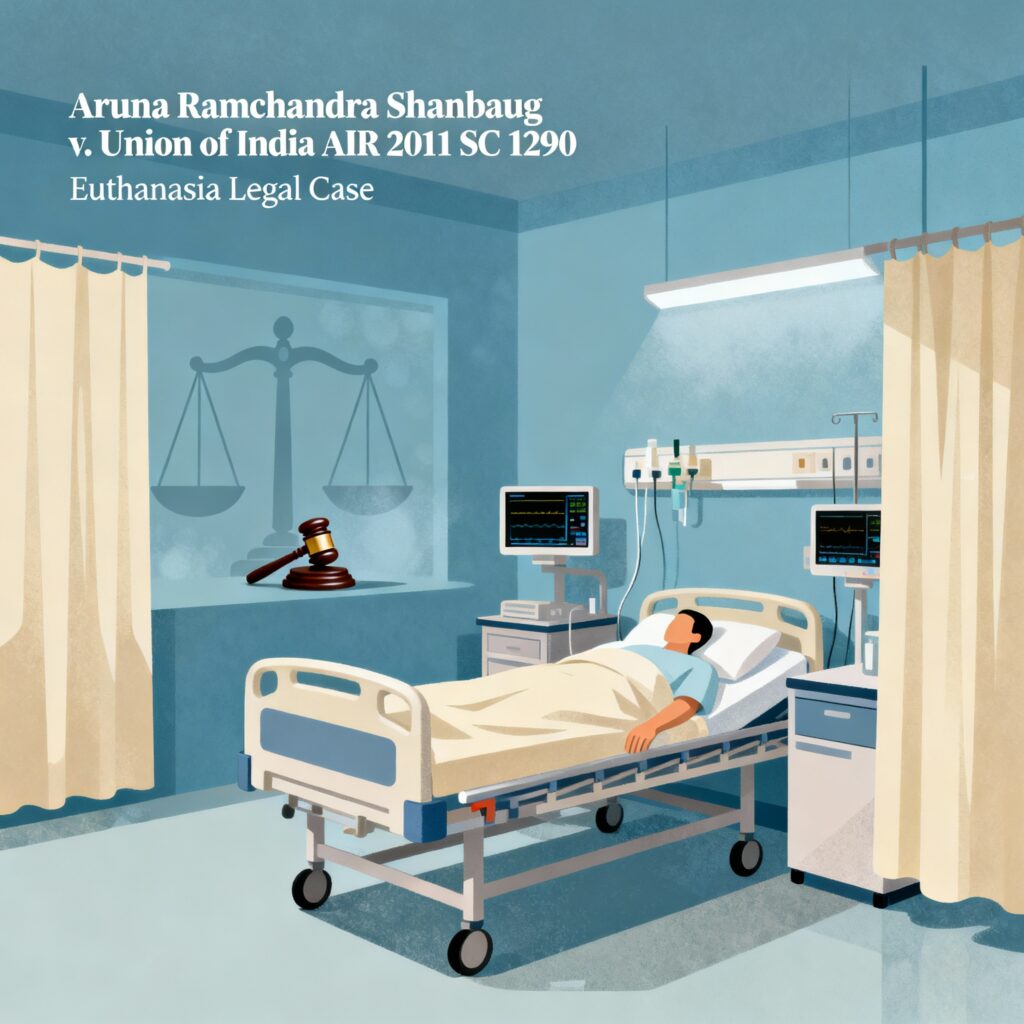Published On: October 7th 2025
Authored By: Rakesh Kr Chaurasiya
Department of Law, CMP Degree College, Prayagraj
ABSTRACT
The purpose of this article is to find out and understand the difference between free speech and hate speech. Should hate speech be banned? This article contends the debate on this question by analysing the constitutional as well as other legal provisions. If it does, hate speech bans are necessarily unjust. If not, we turn to the second stage, which assesses whether speakers have moral duties to refrain from hate speech.
INTRODUCTION
Freedom of speech is often seen as the fundamental cornerstone of a democratic society. Every person has the right to express their thoughts. This right is ingrained in the core values of democracy. It enables citizens to articulate their views, challenge authority, and exchange ideas without fear.
However, when speech incites hatred, violence, or discrimination against individuals or groups based on religion, race, caste, gender, or other protected characteristics, it crosses into the realm of hate speech. Constitutional democracies, such as India, strike a delicate balance between protecting free expression and limiting speech that threatens public order, dignity, and morality.
This article examines the connection between hate speech and freedom of speech by analysing constitutional provisions, interpreting various case laws, and highlighting the importance of freedom of speech in a dynamic world.
MEANING AND DEFINITION
FREE SPEECH: Freedom of speech is a person’s right to speak his or her own opinions, beliefs, or ideas, without having to fear that the government will retaliate against him, restrict him, or censor him in any way. The term “freedom of expression” is often used interchangeably, though the “expression” in this sense has more to do with how the message is being communicated (i.e. via a painting, a song, an essay, etc.).[1]
“I do not agree with a word that you say, but I will defend to the death your right to say it.” — Voltaire[2]
As George Orwell[3] once wrote, “If liberty means anything at all, it means the right to tell people what they do not want to hear.”
But liberty cannot mean the right to crush the dignity of others under the guise of debate. In a society as fractured and unequal as ours, the fight for free speech must go hand in hand with the fight for justice.
In Romesh Thapar v. State of Madras[4], Patanjali Shastri C.J noted that “freedom of speech and the press is the foundation of all democratic organisation, for without political discussion there is no public education, which is essential for the proper functioning of popular government.”
HATE SPEECH: Hate speech is any form of expression through which speakers intend to vilify, humiliate, or incite hatred against a group or a class of persons based on race, religion, skin colour, sexual identity, gender identity, ethnicity, disability, or national origin.[5]
In the 267th Report of the Law Commission of India[6], hate speech is stated as an incitement to hatred primarily against a group of persons defined in terms of race, ethnicity, gender, sexual orientation, religious belief and the like. The context of speech is crucial in determining whether it constitutes hate speech or not. It can cause harm to the targeted individuals and groups, as well as to society at large, by inciting hatred, violence, discrimination, and intolerance.
LEGAL PROVISIONS IN INDIA
A. CONSTITUTIONAL PROVISION
Freedom of speech and expression:
In India, Article 19(1)(a) of the Constitution guarantees the right to freedom of speech and expression. Patanjali Shastri, J., in A. K. Gopalan’s case[7], observed, “Man as a rational being desires to do many things, but in a civil society his desires have to be controlled, regulated and reconciled with the exercise of similar desires by other individuals”.
Reasonable restrictions:
This right is not absolute and is subject to reasonable restrictions under Article 19(2) in the interests of:
- Sovereignty and integrity of India
- Security of the State
- Friendly relations with foreign states
- Public order
- Decency or morality
- Contempt of court
- Defamation
- Incitement to an offence
The guarantee of each of the rights is, therefore, restricted by the Constitution itself by conferring upon the State a power to impose by law reasonable restrictions as may be necessary in the larger interest of the community. The restrictions cannot be arbitrary. Hence, a restriction to be constitutionally valid must satisfy the following two tests:
- The restriction must be in clauses 2 to 6 of Article 19.
- The restriction must be reasonable.[8]
Thus, while free speech is protected, the Constitution empowers the State to legislate against hate speech when it threatens these constitutional values.
In a landmark case, Maneka Gandhi v. Union of India[9], the Supreme Court of India held that Article 21 should not be read in isolation; all violations and procedural requirements under Article 21 are also tested for Article 14 and Article 19. The Supreme Court in this case adopted the broader interpretation of the right to life and personal liberty guaranteed by Article 21 of the Constitution. Also considering the relationship between Article 19 and Article 21, the Court held that Article 21 is controlled by Article 19, i.e. it must meet the requirement of Article 19. Thus, a law “depriving a person of ‘personal liberty’ must not only stand the test of Article 21, but must even in the examination of Article 19 and Article 14 of the Constitution. This is also known as “Golden Triangle”.
In Romesh Thapar v. State of Madras[10], Patanjali Shastri C.J noted that “freedom of speech and of the press is the foundation of all democratic organisation, for without popular political discussion there is no public education, which is essential for the proper functioning of government.”
B. THE BHARATIYA NYAYA SANHITA,2023[11]
- Sections 153A and 153B of the IPC/ Section 196 and 197 of BNS: Punish acts that cause enmity and hatred between groups.
- Section 295A of the IPC/Section 299 of BNS: Deals with punishing acts which deliberately or with malicious intention outrage the religious feelings of a class of persons.
- Sections 505 of IPC/ Section 353 of BNS: Make the publication and circulation of content that may cause ill will or hatred between different groups an offence.
- Section 152 of BNS: Act endangering the sovereignty, unity and integrity of India.
C. REPRESENTATION OF PEOPLE’S ACT (RPA),1951[12]
Section 8 of the RPA, 1951, prevents a person convicted of the illegal use of the freedom of speech from contesting an election.
Sections 123(3A) and 125 of the RPA bar the promotion of feelings of enmity or hatred between different classes of citizens of India on the grounds of race, religion, community, caste, or language about elections and include it under corrupt electoral practices.
D. Scheduled Castes and Scheduled Tribes (Prevention of Atrocities) Act, 1989[13]
Prevents hate speech targeting scheduled caste or scheduled tribe in any place within public view.
E. Protection of Civil Rights Act, 1955[14]
Penalises incitement to, and encouragement of untouchability through words, either spoken or written, or by signs or by visible representations or otherwise.
F. Media Law – The Cinematography Act of 1952[15]
Regulates the exhibition of a film by enacting several rules that provide the government the authority to take action against such an exhibition. Various laws, including Section 7 of the Cinematography Act of 1952, authorise the Board of Film Certification to restrict and regulate film screenings. The film’s examination is discussed in Section 4. Section 5B states that a film or any part of it may not be certified for public exhibition if the authority believes that the film or any part of it is contrary to the state’s security, sovereignty, and integrity, friendly relations with foreign states, public order, decency, or morality, or involves defamation or contempt of court, or is likely to incite the commission of any offence.
CASE LAW
Shaheen Abdulla v. Union of India and Ors, 2022[16]:
The Supreme Court of India observed that there cannot be fraternity unless different religious communities are amenable to living in harmony. The SC has expressed concern over the growing incidents of hate speeches in the country and has directed the governments and police authorities to take Suo motu action in such cases without waiting for the lodging of formal complaints.
Pravasi Balai Sangathan v. Union of India, 2014[17]:
The SC did not penalise hate speech as it does not exist in any of the pre-existing legislation in India. Instead, the Supreme Court requested the Law Commission to address this issue in order to avoid stepping into the forum of judicial overreach.
Shreya Singhal v. Union of India, 2015[18]:
Issues were raised about Section 66A of the Information Technology Act, 2000, relating to the fundamental right of free speech and expression guaranteed by Article 19(1) (a) of the Constitution, where the Court differentiated between discussion, advocacy, and incitement and held that the first two were the essence of Article 19(1).
BALANCING OF FREEDOM OF SPEECH AND EXPRESSION
Increase public knowledge and understanding of the harm that hate speech causes to both people and society. Either enact new laws that specifically target hate speech or amend existing ones to include counter-speech, debate, media literacy, self-regulation, and civil society involvement. By doing these things, we can prevent hate speech from spreading, refute its claims, support alternative opinions, and foster a civil and accepting community. Promote media ethics to stop hate speech from spreading, create and enforce standards of behaviour for lawmakers, and hold lawmakers and political parties accountable for hate speech.
CONCLUSION
The right enumerated in Article 19 of the Constitution is guaranteed for individual dignity, considering the public order and morality. The right to speak also includes the right to remain silent, which facilitates the disclosure of the facts or truth about laws, regulations, and actions. The maxim “Salus populi suprema lex” means the welfare of the people is the supreme law, which is the essential ingredient of a democratic welfare country.
Thus, preserving the right to free speech and expression contributes to maintaining our nation’s fundamental democratic principles and ideals. In a society where each person has a voice and is free to form associations or unions, they, like plurality, will rule, and no one’s ideology will be denigrated for any reason; pluralism will win.
In a diverse country like India, this aspect of Article 19 is crucial. This makes sure that no voice is silenced only due to societal differences or ideological conflicts. Therefore, hate speech denigrates the societal tendencies, and reasonable restrictions must be applied freely, fairly and reasonably.
REFERENCES
- Cydni, “Freedom of Speech – definition, examples, cases,” Legal Dictionary, Feb. 14, 2019. https://legaldictionary.net/freedom-of-speech ↑
- PhilosophiesOfLife.org, “Freedom of Speech and Voltaire’s Philosophy – PhilosophiesOfLife.org,” PhilosophiesOfLife.org, May 17, 2025. https://philosophiesoflife.org/freedom-of-speech-and-voltaires-philosophy/ ↑
- Rohan, “Free Speech vs Hate Speech: A Constitutional Dilemma in India,” Letters from Rohan, Jul. 24, 2025. https://thecerebralcurrent.substack.com/p/free-speech-vs-hate-speech-a-constitutional ↑
- Romesh Thapar v. State of Madras AIR 1950 SCR 594 ↑
- American Library Association, “Hate Speech and Hate Crime,” American Library Association. https://www.ala.org/advocacy/intfreedom/hate ↑
- Law Commission of India, “Hate speech,” Mar. 2017. [Online]. Available: https://www.latestlaws.com/wp-content/uploads/2017/10/Law-Commission-Report-No.-267-Hate-Speech.pdf ↑
- A. K. Gopalan v. State of Madras, AIR 1950 SC 27. ↑
- Pandey, J. N., Constitution of India, 60th edition 2023, p. 215. ↑
- Maneka Gandhi v. Union of India AIR 1978 SC 597 ↑
- Romesh Thapar v. State of Madras AIR 1950 SCR 594 ↑
- “Bharatiya Nyaya Sanhita, 2023,” Dec. 25, 2023. https://www.indiacode.nic.in/handle/123456789/20099 ↑
- “Representation of the People Act, 1951,” Jul. 17, 1951. https://www.indiacode.nic.in/handle/123456789/2096?sam_handle=123456789/1362 ↑
- Parliament of India, THE SCHEDULED CASTES AND THE SCHEDULED TRIBES (PREVENTION OF ATROCITIES) ACT, 1989. 1989. [Online]. Available: https://www.indiacode.nic.in/bitstream/123456789/15338/1/scheduled_castes_and_the_scheduled_tribes.pdf ↑
- Parliament, The Protection of Civil Rights (PCR) Act, 1955 (Act No.22 OF 1955). 1955. [Online]. Available: https://www.indiacode.nic.in/bitstream/123456789/8384/1/civilrightsact1955.pdf ↑
- Parliament, THE CINEMATOGRAPH ACT, 1952. 1952. [Online]. Available: https://www.mib.gov.in/sites/default/files/2024-12/cinematograph-act-1952-incorporating-latest-amendments.pdf ↑
- Writ Petition(S)(Civil) No(S). 940 of 2022. D/d. 03.02.2023. ↑
- Writ Petition (C) No. 157 of 2013. D/d. 12.3.2014. ↑
- Shreya Singhal v. Union of India, AIR 2015 SC 1523. ↑




